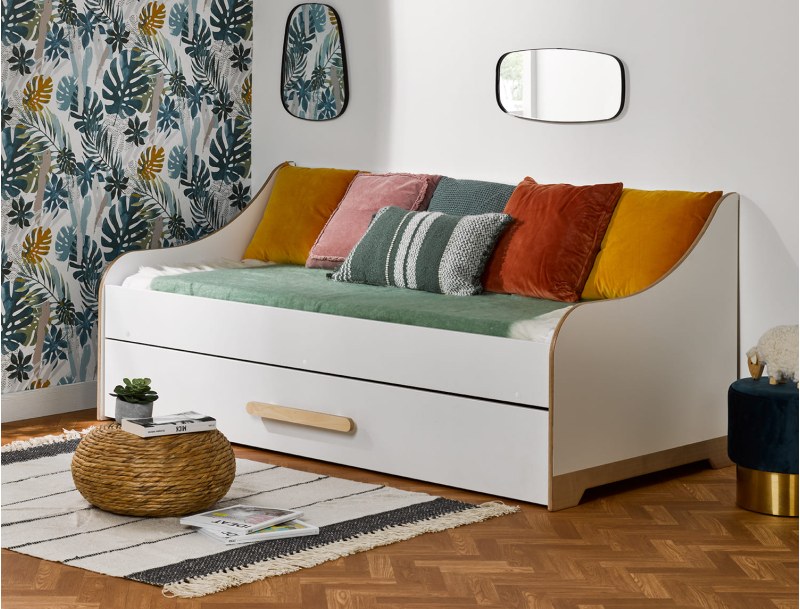Environmental impact of children's beds: sustainable and eco-friendly options
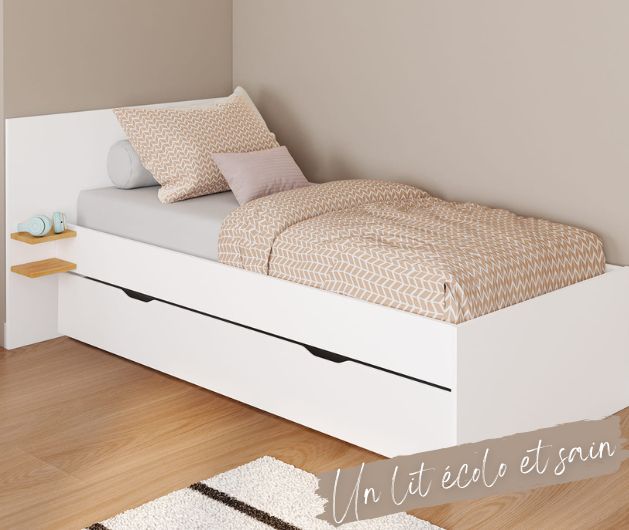
When furnishing a child's room, one can't help but think about the future and particularly the ecological impact of one's approach. Indeed, raising a child requires many purchases that are not always very eco-responsible. Therefore, being more committed when buying furniture such as a bed, for example, allows you to be more in line with your values. But what is an eco-friendly and healthy bed? How to choose it? What are the criteria to follow?
Environmental impact of purchases for children
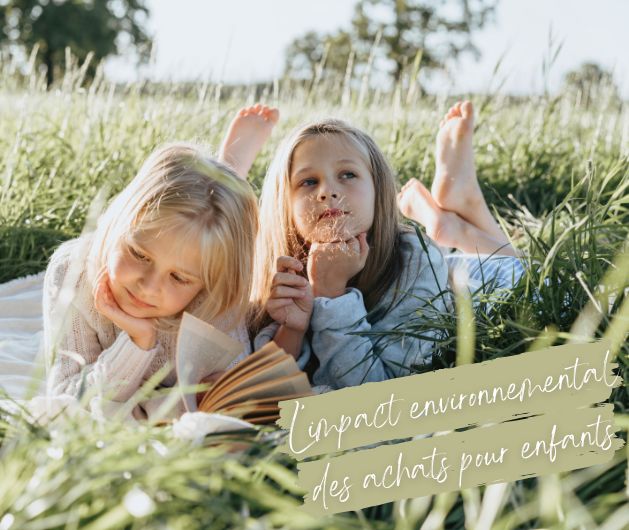
Every parent knows it well, a child grows and develops at a rapid pace, which means regularly replacing clothes, toys, and other items that are essential at one point and then completely obsolete a few years or even a few months later. While this has consequences on parents' wallets, it's also true on an ecological level. Often, items that have been barely used become useless.
Today, it's impossible to ignore the environmental impact this cycle can have. Therefore, making more eco-responsible choices and thinking more carefully upstream seems essential to offer the best to your child while respecting the planet even more.
Selection criteria for more eco-responsible furniture
Before considering buying a new bed for your child, you need to know the selection criteria to take into account to opt for more eco-responsible furniture. Several characteristics should then be observed such as:

- PEFC or FSC certified wood:
The use of wood is of course recommended as it is a healthy and renewable material. But the conditions under which the wood for your furniture is produced also matter. By choosing furniture with the PEFC or FSC label, you are assured that the wood used to make the bed comes from eco-managed forests. This also works for all kinds of wood elements, as well as paper or cardboard.
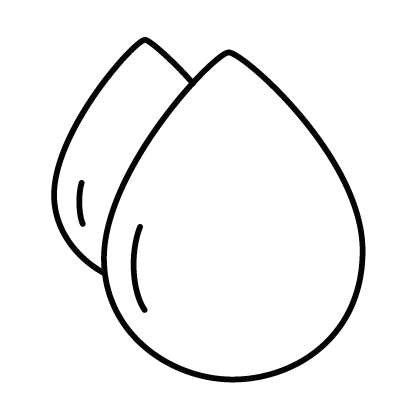
- Water-based paint or varnish:
To avoid the use of substances potentially toxic to the environment or your child, prefer furniture with a finish made with water-based paint or varnish, i.e., solvent-free. This way, you avoid volatile organic compounds being released into the room.

- Materials with low formaldehyde content:
For parts that are not solid wood, particle board is often used. It's not uncommon for formaldehyde to be used to bind it all together. The problem? This substance tends to release volatile organic compounds. Therefore, prefer the use of eco-friendly wood panels with low formaldehyde content.
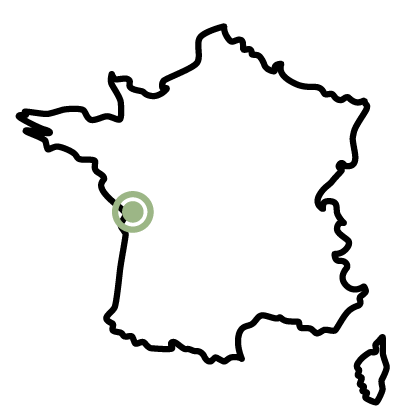
- Made in France:
Favoring short supply chains is obviously always preferable. This encourages local manufacturing and limits polluting transportation. Therefore, prefer to choose equipment made in France to be more eco-responsible.

- Oeko-Tex Standard 100 certified textiles:
If you opt for buying textiles such as sheets, for example, look for the Oeko-Tex Standard 100 label. This means that a large number of substances potentially harmful to health and/or the environment are excluded from the manufacturing of the chosen product.
Focus on the trundle bed
The trundle bed is an excellent choice for a child's room. It's a model that looks classic, but actually hides a second bed under its base. This way, your children can share the same room, or you have a second bed for hosting cousins or friends for a sleepover, for example.
Most often, we're talking about a 90x190 cm trundle bed, which are the standard measurements for a children's trundle bed or more broadly for a single bed. There are different formats of trundle beds such as the trundle bed with storage or even the adult trundle bed which can be a 90x200 cm trundle bed for a bit more space.
Fun and ultra-practical, the trundle bed will easily find its place in a child's room and can therefore be used as a standard single bed later on. Here's a piece of furniture that offers real practicality and durability. You can even install this type of furniture in an office, for example, by opting for our BOREAL daybed trundle. It ticks all the boxes mentioned earlier as it's made in France, with water-based paint, made with eco-friendly panels and eco-managed wood. It's also important to think about maintaining a trundle bed so that it lasts over time.
Find alternatives to give a second life to your child's belongings
Whether it's furniture, clothes, or toys, the duration of use for your child's belongings can be very short. There's no need to berate yourself for buying an item that was used for barely 6 months, instead find a way to give it a new existence. From there, the options are numerous, such as:
- Keep it for another child when they grow up
- Put it up for sale via an online classified ads site
- Sell it at a garage sale
- Gift it to other parents
- Donate it to a charity
- Give it a second life by customizing it
Buying new is therefore not forbidden even when you want to be more eco-friendly. The key is to buy quality products, made from environmentally friendly materials, and then give them a new life if the product becomes unnecessary. Moreover, nothing prevents you from turning to second-hand items for many children's belongings.

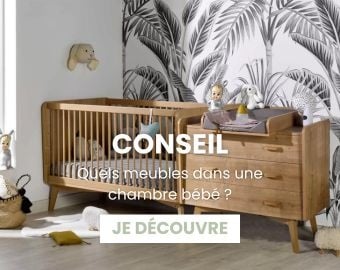
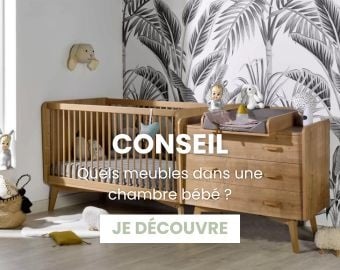
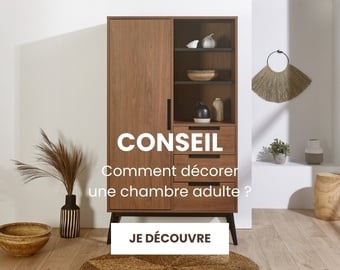
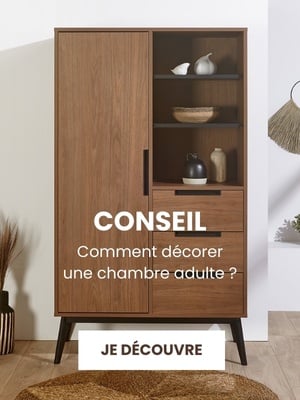
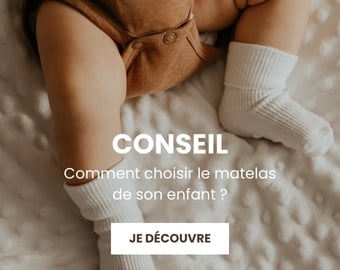

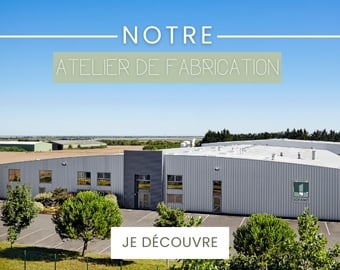
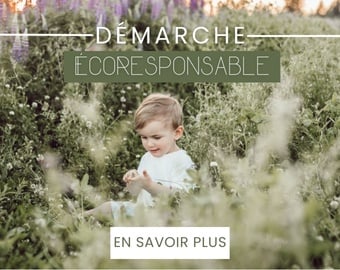

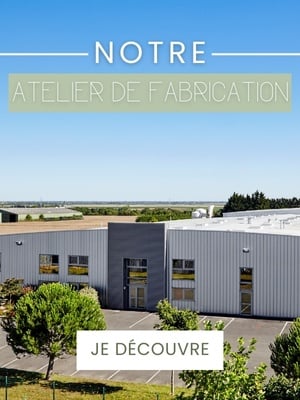
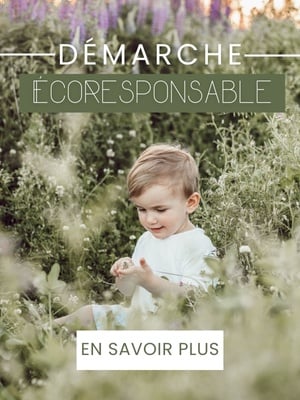

 Choosing the right baby blanket dimensions according to season and age
Choosing the right baby blanket dimensions according to season and age
 How to attach a headboard (with or without drilling): quick and effective soluti
How to attach a headboard (with or without drilling): quick and effective soluti
 Waterproof sheet or mattress protector: the best solution by age group
Waterproof sheet or mattress protector: the best solution by age group
 27 Original, Useful, and Trendy Christmas Ideas for Teens 2025
27 Original, Useful, and Trendy Christmas Ideas for Teens 2025
 Christmas Activities for Baby: Creative Ideas for Home & Daycare
Christmas Activities for Baby: Creative Ideas for Home & Daycare
